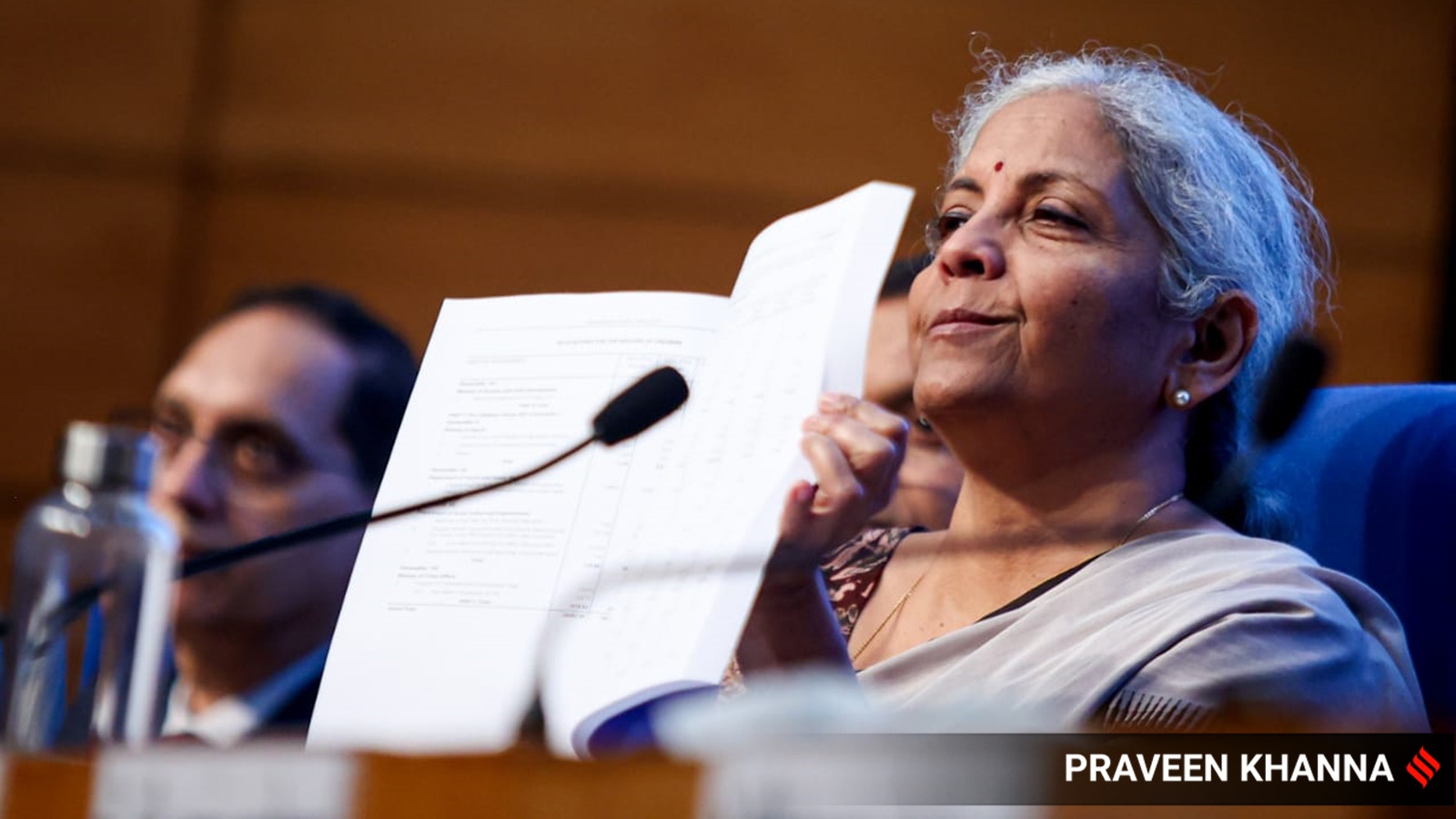“Men are haunted by the vastness of eternity, and so we ask ourselves: Will our name echo across the centuries? Will strangers hear our name and wonder who we were? How bravely we fought? How fiercely we loved?”
The opening lines of Hollywood’s 2004 adaptation of Homer’s Iliad kept coming to me as I thought about the economic vision of Modi 3.0. Walking into his mid-70s, does Narendra Damodardas Modi think of how history will remember him? Of course, he does, kept coming the reply, almost axiomatically. They all must when destiny puts them in such positions of high power. And yet, on the economic front, the question endures.
The honourable Prime Minister’s hand of destiny is different from his peer group in that it is simply a big hand — the only leader since Jawaharlal Nehru to get three consecutive terms in the defacto highest office of the land. While the cultural agenda under his tenure may have had a cogent vision, the economic one is arguably still meandering, in search of a plan.
For starters, it is not clear if the government understands that India’s current economic growth rate is overstated — it simply cannot be, as Josh Felman and Arvind Subramanian have convincingly argued, that consumption, jobs and inflation remain low even as growth is going gangbusters. Measuring growth numbers is not a partisan issue, but an academic one, and this record must be set straight.
The question endures because even while marketing the growth story externally, there is a gnawing fear that the truth is not even being spoken of internally. This is important because the policy prescriptions for an economy at 8-9 per cent GDP growth (with manageable inflation) are different than a 5-6 per cent one. But what is our growth rate?
To the credit of the government, Finance Minister Nirmala Sitharaman’s budget speech seems to have internalised that there is indeed a jobs problem — there are few good jobs on offer, the emerging pool of workers is simply not skilled enough, and the youth is delaying joining the labour force. To that end, employment-linked incentives have been proposed to induce the private sector to hire more formal workers and presumably train them.
This is a laudable start but is unlikely to have much effect unless the more basic problems of fixing labour practices are addressed. Why will an employer who has set up an entire business on contract labour take the risk of hiring permanent labour in return for a Rs 3,000 monthly subsidy in EPFO contributions for two years?
The question endures, for out beyond the myopia of a scheme here and a freebie there, it does not seem like the government has the consistency to see through fundamental structural changes in the economy. New reforms have often been approached in an event management style, setting them up for failure — demonetisation and farm laws come to mind.
I was trying to count the number of times the honourable Finance Minister used the word “scheme” in her speech, and at some point, I gave up. For a young country yearning for prosperity, this itself should be the cause of a revolution, at least an intellectual one. As a budding economist, I was excited when the Prime Minister had categorically stated in 2014 that his will be a “minimum govt” with “maximum governance”. But alas, the answer to all questions today is a scheme.
The question endures because the Modi 1.0 and 2.0 legacy is a repackaging of Indira Gandhi’s labharthi model, albeit with better targeting, and combining it with a return to crony forms of capital. Yes, pushing through the digital stack and infrastructure reforms are praiseworthy. But, at this point, one has to ask if there is enough audacity in the Modi machinery to follow its dharma, of doing what is right, not worrying about the next election, but working in the infinite justice of the universe, of asking the Homerian question: Do I want to be remembered in world history as the one who changed the course of India’s economic trajectory?
The good news is there are enough good homegrown ideas out there to know what should be the dharma. Read Sajjid Chinoy on fiscal and monetary policy, Manish Sabharwal on labour, Karthik Muralidharan on education, Nachiket Mor on health, Ajay Shah on finance, Ashok Gulati on agriculture, Navroz Dubash on climate, Yamini Aiyar on governance, just to name a few.
Oh, how the biography would read: The one who centralised power to remain in power, then systematically decentralised it to revolutionise delivery of primary health and education. Oh, how our grandchildren may applaud how universities were liberated from the clutches of the state and went to produce world-class ideas, and that the industry, liberated from tax raids, commercialised these ideas into world-beating products.
We need to think big, do big, as Deng Xiaoping did for China, and Narasimha Rao initiated for us in the early ’90s. There are simply no two ways about it. Hopefully, in the next budget.
Lamba is an economist at New York University Abu Dhabi and Cornell University, and a co-author of Breaking the Mould: Reimagining India’s Economic Future



